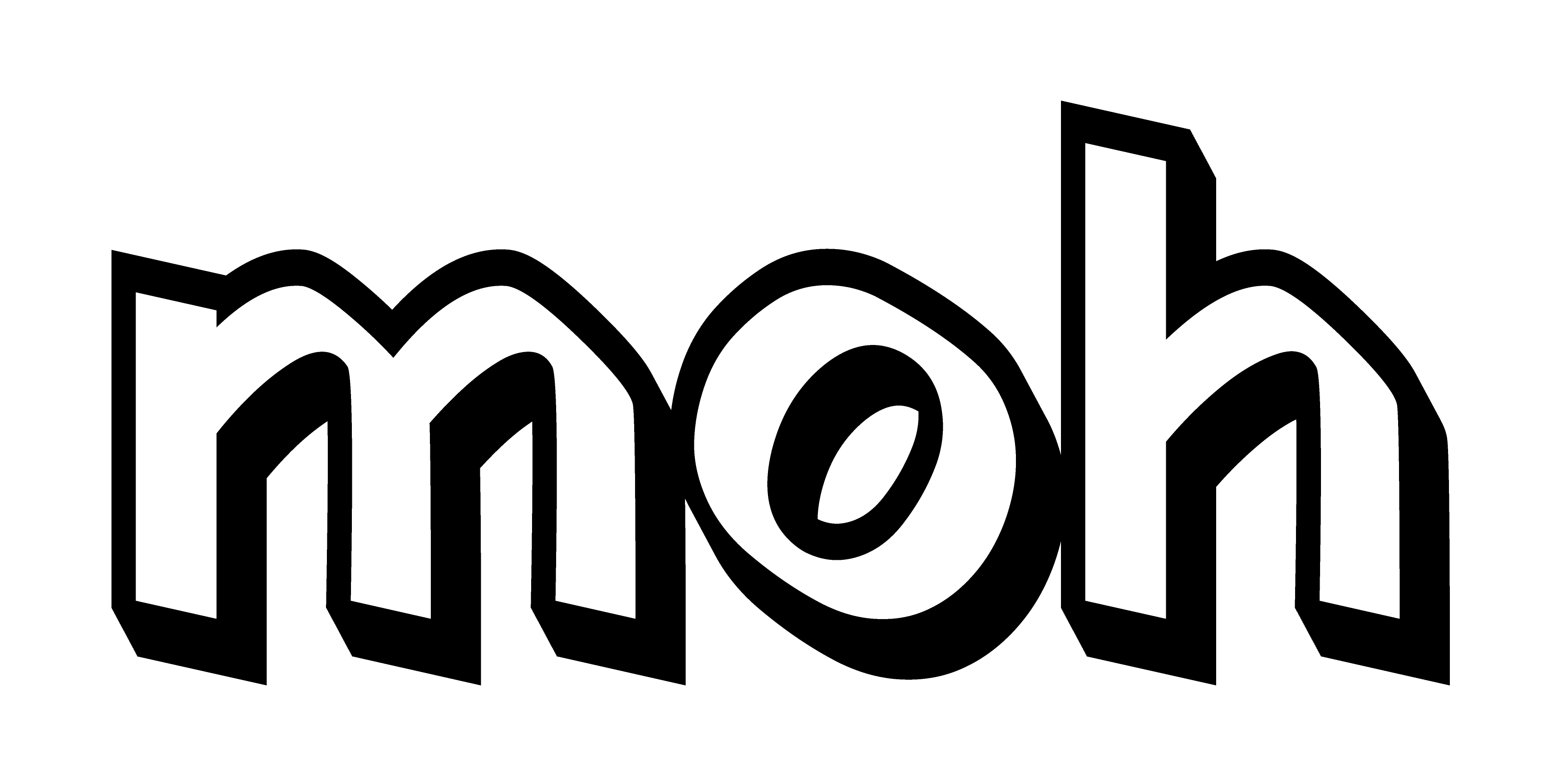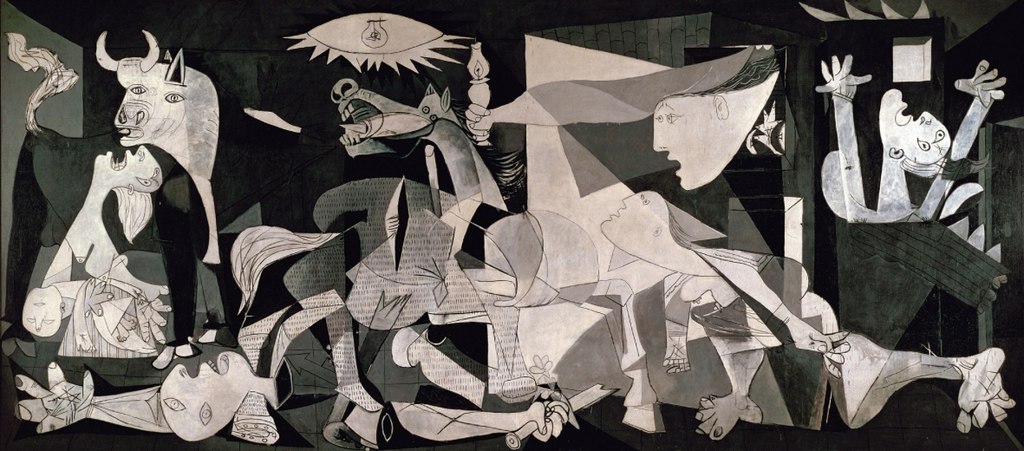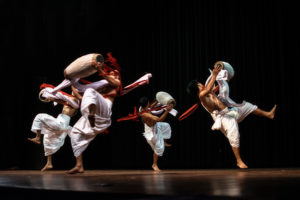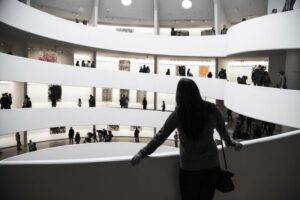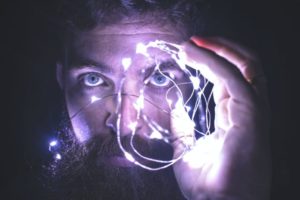Art is important from many points of view.
Art is a medium of social cohesion and gives shape to cities and spaces and sometimes makes them much more alive. Art helps to stimulate critical thinking. The European Parliament has submitted OECD studies that show that art, if taught, helps to foster this skill. And in this historical moment, surely the development of critical sense through art could be an excellent support. Because art is also a way to condemn and to fight ideas that are harmful to our societies. Let us take for example the “Guernica“, made in 1937 by Picasso to criticise the Nazi bombardment carried out at the request of the General Franco.
Art helps to stimulate creativity. It seems obvious, but it does. Even a European Parliament document underlines its importance for the emerging economy. It underlines that in a globalised and multicultural world like the one we live in, art is a means to leave an imprint and capture attention. It would also allow citizens to develop the creativity they need to better understand the context around them, which today demands more and more new ideas.
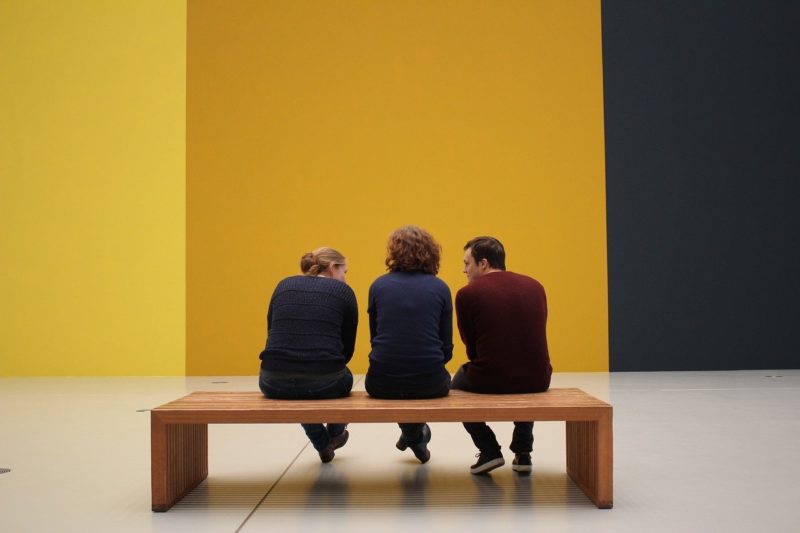
But let’s end with an even stronger consideration. Art allows people in trouble to express themselves when they would not be able to do so through “traditional” channels of communication. Jérôme Lacinga believes that art is a practice that can help to create a bond and make people consider themselves different from their personal situation.
Inclusion implies that anyone, regardless of their situation, can live their life the way they prefer. How do we allow people who suffer to integrate into our societies? One of the answers seems to be given by Jérôme Lacinga: thanks to art.
